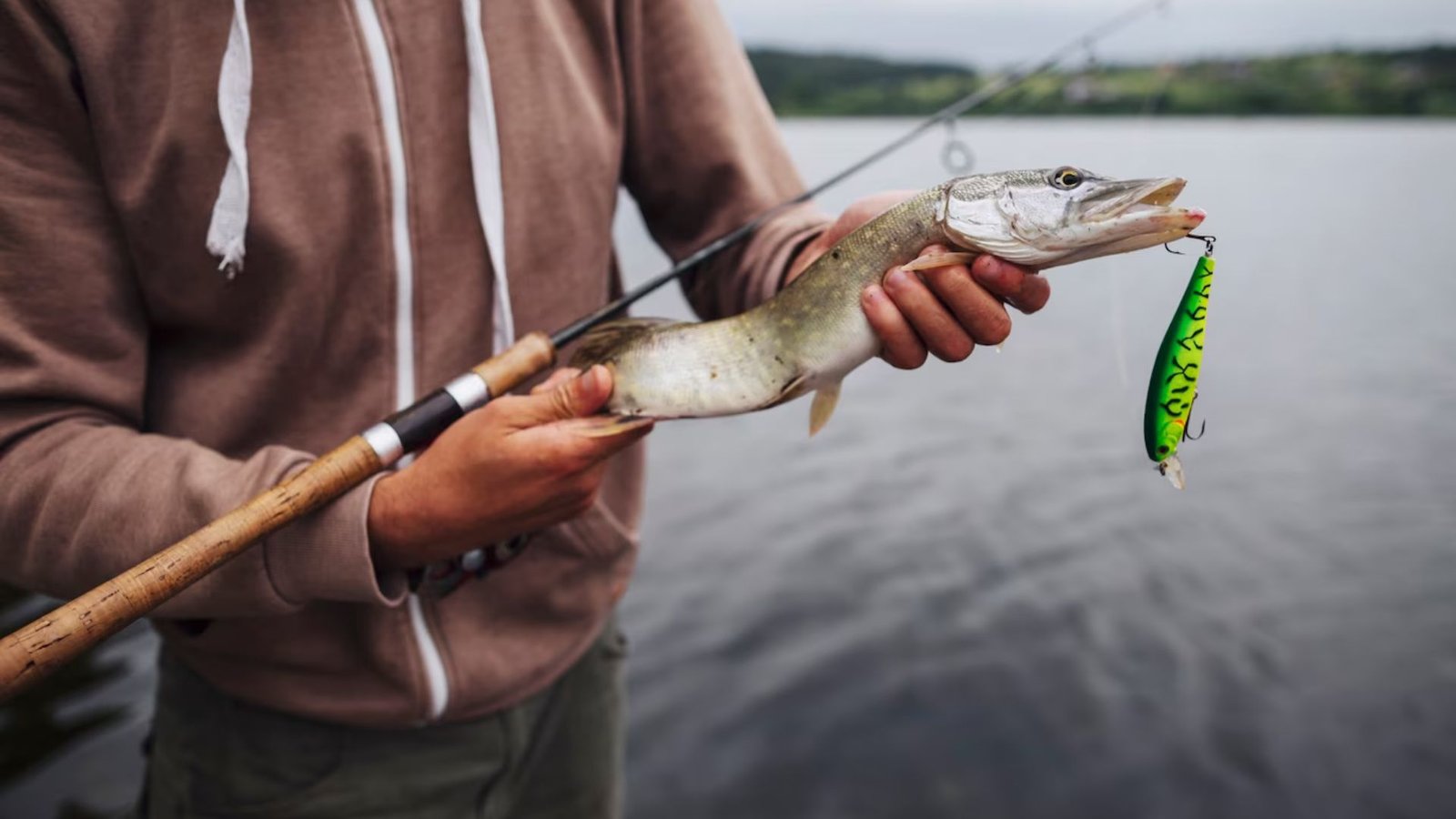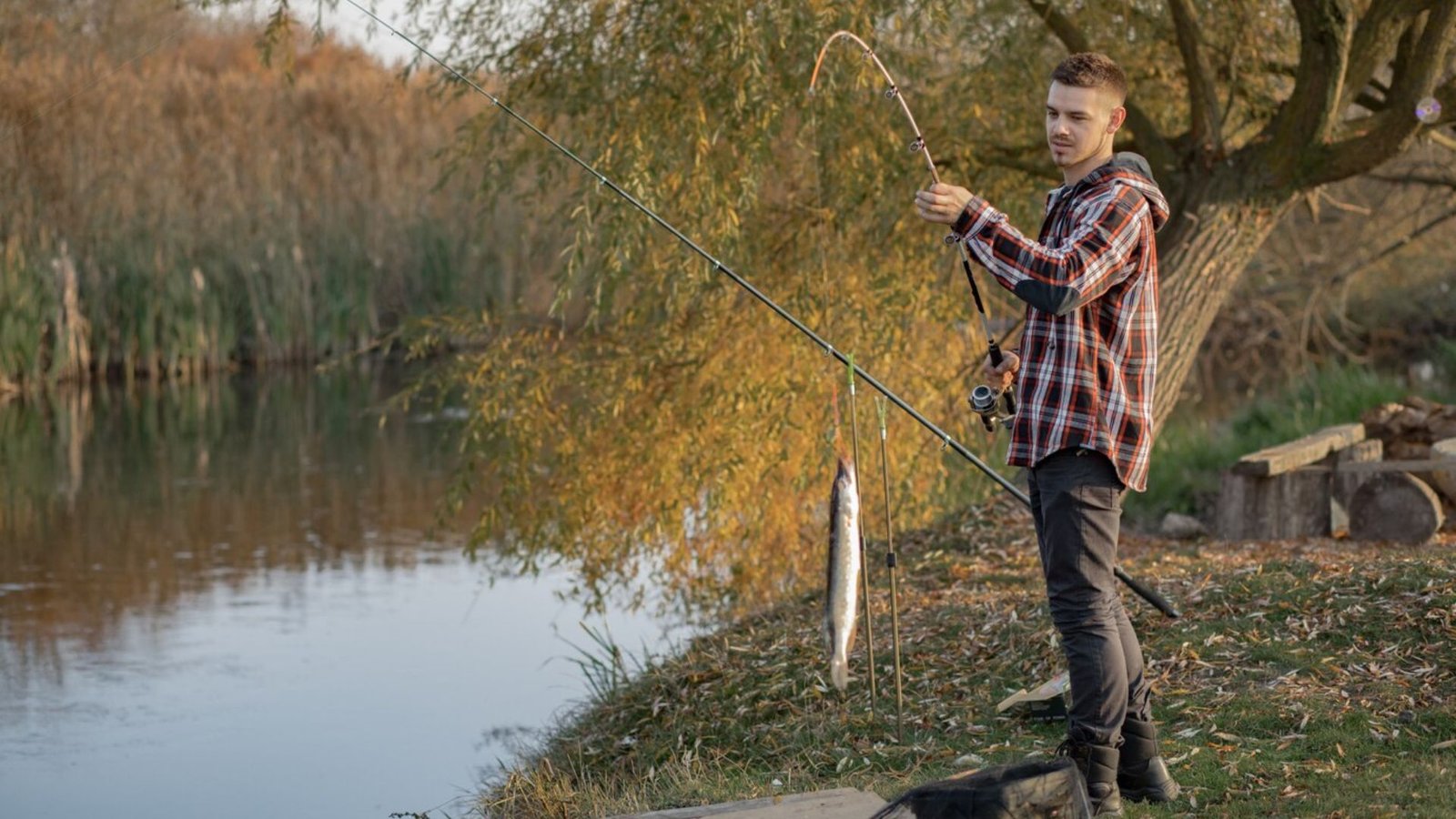A Comprehensive Guide on How to Catch Fluke Fish
|
Getting your Trinity Audio player ready...
|
Fluke fish, recognized as summer flounder, beckons anglers with its delectable flavour and the challenge it poses in coastal waters. Navigating the elusive behaviour of fluke demands a fusion of skill and knowledge, making it a sought-after pursuit for fishing enthusiasts. This detailed guide delves into the nuances of fluke fishing, encompassing critical elements such as equipment selection and technique mastery to enhance your prospects of a gratifying angling adventure. Whether you’re a seasoned angler or a novice, understanding the intricacies of fluke fishing, from the right gear to effective techniques, will undoubtedly elevate your chances of a successful and fulfilling experience on the water. Explore the coastal realms armed with insights that unravel the mysteries of fluke fishing, transforming each expedition into a memorable and rewarding encounter with this prized species.

Understanding Fluke Behavior
Habitat and Range
Fluke, also known as summer flounder, is frequently found in coastal waters with sandy or muddy bottoms, especially during the warmer months. To enhance your fluke fishing endeavours, a fundamental understanding of their preferred habitats and migration patterns is imperative. Flukes tend to gravitate towards areas with suitable substrate for camouflaging and ambushing prey. During the summer, they often move closer to the shore, presenting an opportune time for anglers to target these delectable flatfish. By familiarizing yourself with the nuances of their habitat preferences and migration behaviours, you can strategically position yourself in fluke-rich zones, optimizing your chances of a successful and rewarding fishing experience. This knowledge serves as a valuable tool in the angler’s arsenal, transforming each excursion into a calculated pursuit of fluke in their natural coastal habitats.
Feeding Habits
Fluke, being an opportunistic feeder, has a varied diet that includes small fish and crustaceans. Acquiring insights into their preferred prey and feeding habits is pivotal for anglers, guiding the selection of appropriate bait and lures. Utilizing live or artificial baits that mimic the natural prey of fluke can significantly increase the chances of enticing bites. Understanding the nuances of their feeding behaviour allows anglers to tailor their approach, enticing fluke effectively. Whether using live minnows, squid, or specially designed fluke rigs, aligning your bait choices with the dietary preferences of these flatfish enhances the allure of your presentation. Additionally, contributing to a more successful and enjoyable fishing experience.
Selecting the Right Equipment
Rods and Reels
Choose a medium to medium-heavy spinning or baitcasting rod paired with a reel with a smooth drag system. This combination provides the strength and sensitivity needed for fluke fishing.
Lines and Leaders
Use braided lines for increased sensitivity and reduced stretching. Fluorocarbon leaders, with their low visibility and abrasion resistance, are ideal for fluke fishing.
Bait and Lure Selection
Live Bait
Fluke are attracted to live bait such as squid, minnows, and killifish. Rigging live bait on a fluke rig with a teaser above the main hook can increase your chances of enticing a strike.
Artificial Lures
Bucktail jigs, soft plastic baits, and teaser rigs are popular artificial lures for fluke fishing. Experiment with different colours and sizes to determine the most effective combination on a given day.
Techniques for Catching Fluke
Drifting and Jigging
Flukes are often caught while drifting over sandy or muddy bottoms. Jigging with bucktails or soft plastics is a proven technique. Vary your jigging motion to imitate the erratic movements of prey.
Bottom Fishing
Anchoring and bottom fishing with bait can be effective, especially in areas with strong currents. Use a fishfinder rig with a sinker to keep your bait near the bottom where fluke is commonly found.
Understanding Regulations
Catch Limits and Size Restrictions
Familiarize yourself with local regulations regarding catch limits, size restrictions, and closed seasons for fluke.
Conservation Practices
Adopt catch-and-release practices when appropriate, and participate in conservation efforts to preserve fluke populations for future generations.
Safety and Ethics
Handling and Release
Handle flukes with care to minimize stress and injury. If practising catch-and-release, release the fish quickly and gently to ensure its survival.
Environmental Awareness
Respect the marine environment by properly disposing of trash, avoiding sensitive habitats, and being mindful of wildlife. Be a responsible angler to contribute to the preservation of coastal ecosystems.
Conclusion
Catching fluke is a gratifying and pleasurable pursuit suitable for anglers of all skill levels. The key to a successful fluke fishing experience lies in comprehending the behaviour of these elusive fish, choosing the appropriate equipment, and deploying effective techniques. Understanding their preferred habitats, migration patterns, and feeding behaviours allows anglers to strategically position themselves for a higher likelihood of success. It’s essential to select the right bait and lures that mimic the natural prey of fluke, enhancing the allure of your presentation. However, anglers must also prioritize responsible fishing practices, adhere to local regulations, and actively contribute to the conservation of marine ecosystems to ensure the sustainability of this cherished pastime.
You might also be interested in:

